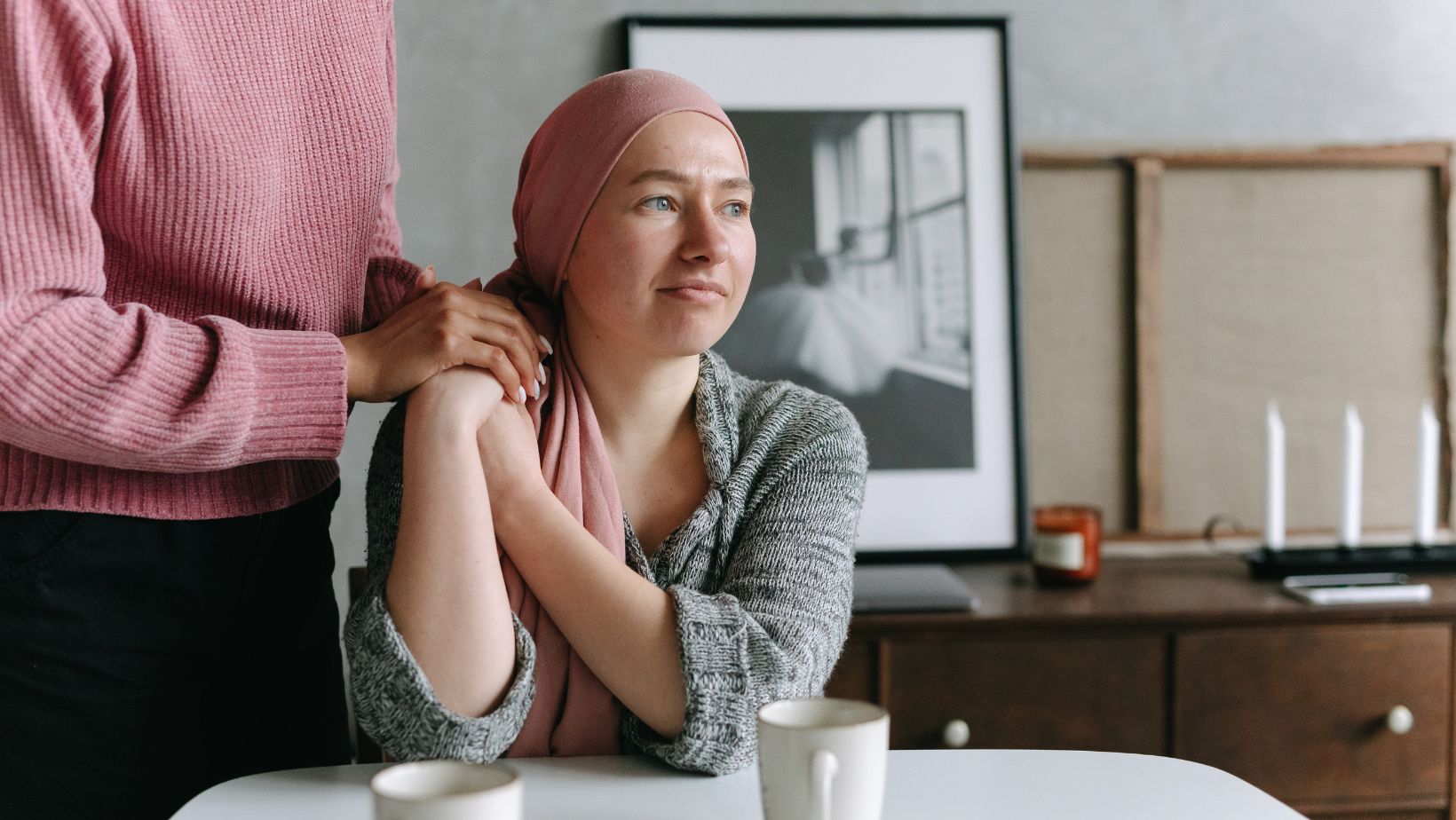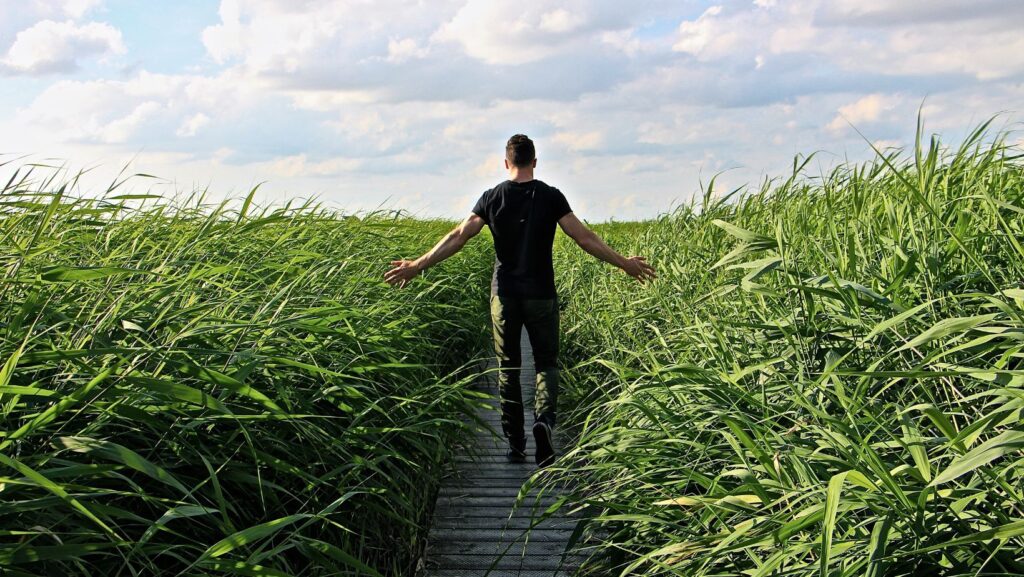America’s relationship with addiction has been a long and complicated story—one with painful lows and hard-fought victories. But even as our understanding of addiction deepens, it’s clear that something has to change. The old ways of tackling substance use just aren’t cutting it anymore. Maybe it’s because recovery isn’t a one-size-fits-all journey. Perhaps it’s because the people struggling deserve solutions that work.
What if we flipped the script? What if recovery wasn’t about shame or punishment but connection and creativity? Let’s talk about how we’re redefining recovery—not as a distant dream but as a process rooted in the lives of people who need it most.
Confronting Addiction with a New Playbook
Let’s start here: addiction isn’t just about substances. It’s about the stories people carry, the pain they can’t outrun, and the systems that let them down. And while there’s no denying the value of traditional methods, there’s also no shame in admitting when they don’t work. Sometimes the usual options—rehab, therapy, group meetings—aren’t enough.
That’s where creativity comes in. Using a drug intervention specialist is typically the easiest way to spark a shift for someone stuck in a cycle of substance use, but it’s just the first step. From there, recovery can take so many different forms. Think about it: why limit healing to one definition when there’s a whole spectrum of options? Art therapy, nature retreats, community projects aren’t just add-ons. They’re lifelines.
We’re finally starting to realize that recovery can look as unique as the person living it. And honestly? That’s long overdue.
Building a Recovery Culture That’s Bigger Than Rock Bottom
For way too long, we’ve leaned into this idea that people have to hit rock bottom before they can rise. But why are we still romanticizing suffering? The truth is, you don’t have to lose everything to deserve help.

A growing wave of recovery advocates is challenging this outdated mindset. Instead of waiting for people to crash, they’re meeting them where they are—whether it’s at work, at home, or in the middle of their everyday lives. The focus isn’t just on stopping the substance; it’s on rebuilding the parts of life that addiction tends to steal: relationships, purpose, and self-worth.
By shifting the narrative away from shame and toward support, recovery becomes less about what’s been lost and more about what’s still possible. And that changes everything.
When Recovery Gets Real
No matter how you spin it, some parts of recovery are just tough. Deciding to step away from substance use means making choices that aren’t always easy—or popular. Sometimes, a drug detox may be necessary, especially for substances that physically hook the body. And that’s okay. It’s not a weakness; it’s biology.
But here’s where it gets interesting: the way people approach detox and early recovery is shifting. Instead of sterile clinics or isolating hospital stays, we’re seeing a rise in options that prioritize comfort and dignity. Whether it’s a small, private facility or a program that blends medical care with mindfulness practices, the focus is on making those first steps less terrifying.
It’s not just about getting clean—it’s about giving people the tools they need to stay that way. And that starts with a recovery process that feels safe and supportive, not punishing.
How People Are Saving People
You’ve probably heard the phrase “it takes a village.” In recovery, it’s more than just a saying. Community plays a massive role in helping people heal. But here’s the twist: it’s not just about 12-step meetings anymore.
From grassroots harm reduction groups to online recovery spaces, people are finding connections in ways that make sense for their lives. It might be a local organization handing out naloxone kits and clean needles or a digital forum where someone halfway across the country gets real-time support from people who get it.
These communities aren’t perfect, but they’re powerful. They prove that when people come together, they can do more than just survive—they can thrive.
Redefining Success, One Day at a Time
What does success in recovery look like? For some, it’s complete abstinence. For others, it’s harm reduction: using less, using safer, or finding a way to use without spiraling.

Neither path is better or worse—it’s all about what works for the individual.
This shift toward personalized recovery is a big deal. It moves us away from rigid definitions and toward a model that respects people’s autonomy. It’s not about telling someone what they should do; it’s about helping them figure out what they can do.
And that, right there, is the game-changer.
Moving Forward Together
It’s easy to feel hopeless about addiction, especially when the headlines are full of bad news. But here’s the thing: hope is everywhere if you know where to look. It’s in the creative recovery programs popping up in cities across the country. It’s in the conversations we’re finally starting to have about how addiction isn’t a moral failing. It’s in the people who keep showing up—for themselves, for their families, and for their communities.
Addiction doesn’t have to be the end of the story. When we approach it with compassion, creativity, and a willingness to rethink what recovery can look like, we open the door to something better. Something human. Something real.
Let’s keep walking through that door together.
